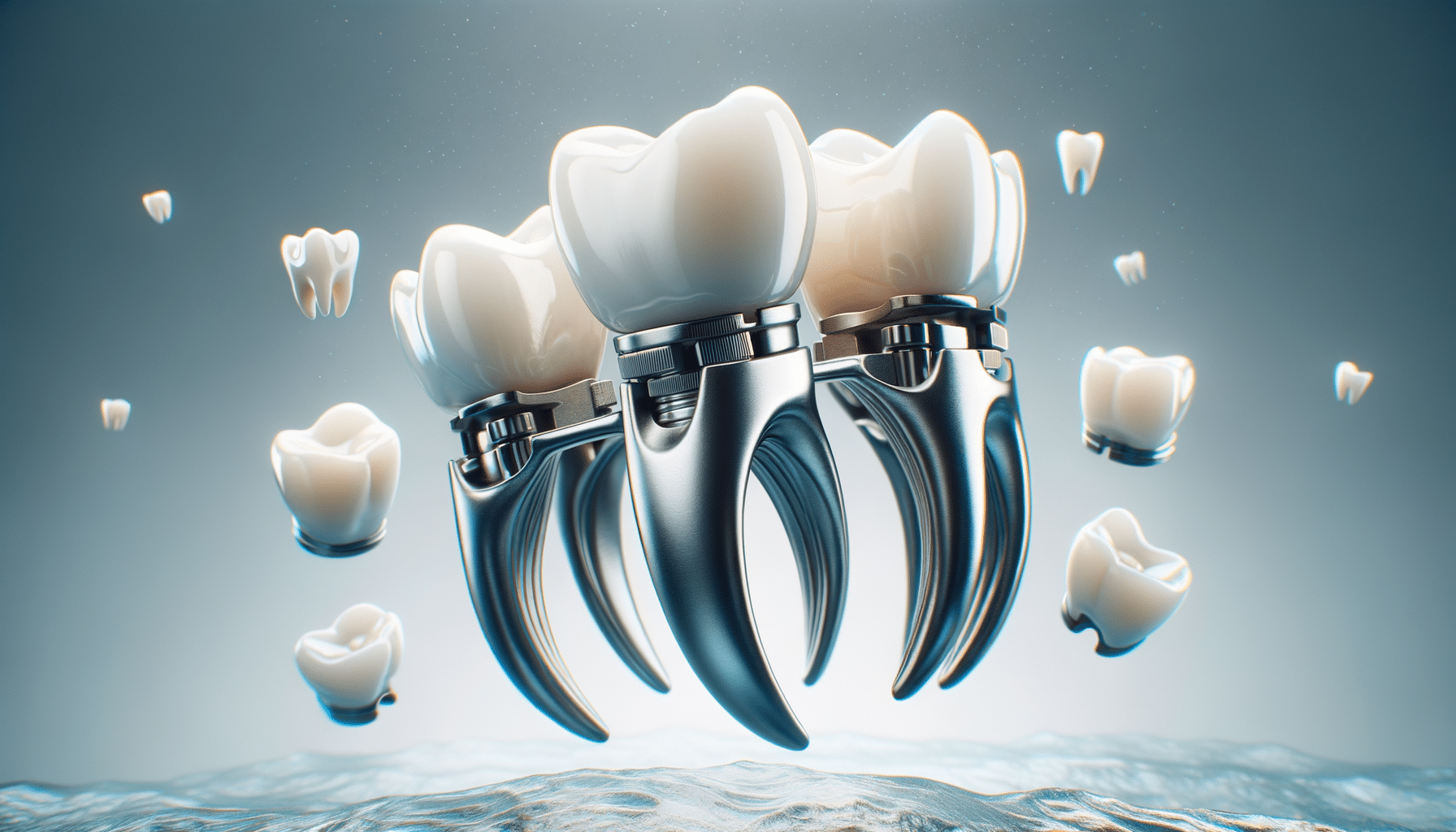
Dental Clips: Removable Alternatives to Dental Implants
Understanding Dental Clips and Their Role
Dental clips have emerged as a practical solution for those seeking an alternative to dental implants. These removable devices are designed to replace missing teeth, offering a non-invasive option for individuals who may not be suitable candidates for implants. Dental clips, also known as partial dentures, are particularly appealing due to their ease of use and affordability.
Unlike dental implants, which require surgical placement into the jawbone, dental clips rest on the gums and are held in place by metal clasps that attach to adjacent teeth. This makes them a less invasive option, often preferred by patients who wish to avoid surgery or who have insufficient bone density for implants. Dental clips are custom-made to fit the unique contours of a patient’s mouth, ensuring comfort and functionality.
There are several reasons why individuals might opt for dental clips over implants:
- Cost-Effectiveness: Dental clips are generally more affordable than implants, making them accessible to a broader range of patients.
- Non-Invasive Procedure: The process of fitting dental clips does not involve surgery, reducing recovery time and potential complications.
- Flexibility: Being removable, dental clips allow for easy cleaning and maintenance, promoting oral hygiene.
While dental clips offer several advantages, it’s important to consult with a dental professional to determine the most appropriate solution for your specific needs. Factors such as oral health, lifestyle, and personal preferences can all influence the decision-making process.
Dental Clips for Missing Teeth: A Closer Look
When it comes to addressing missing teeth, dental clips provide a viable alternative to more permanent solutions like implants. They are particularly beneficial for those who have lost one or more teeth but retain healthy adjacent teeth that can support the clips. This makes them a versatile solution for partial tooth loss.
Dental clips are crafted from durable materials such as acrylic or metal, and they are designed to mimic the appearance of natural teeth. This ensures that users can maintain a natural-looking smile, which can significantly boost confidence and self-esteem. The clips are designed to be lightweight and comfortable, minimizing any discomfort that might arise from wearing them throughout the day.
One of the key advantages of dental clips is their reversibility. Unlike implants, which are a permanent solution, dental clips can be easily adjusted or replaced if necessary. This makes them an appealing option for individuals who may anticipate changes in their dental health or who are not ready to commit to a permanent solution.
However, there are some considerations to keep in mind:
- Stability: While dental clips are secure, they may not offer the same level of stability as implants, particularly when eating tough or sticky foods.
- Maintenance: Regular cleaning and maintenance are essential to prevent plaque buildup and ensure the longevity of the clips.
- Potential for Wear: Over time, the clips may experience wear and tear, necessitating repairs or replacements.
Overall, dental clips offer a flexible and cost-effective solution for those seeking to address missing teeth. By providing a removable option, they cater to a wide range of dental needs and preferences.
Understanding the Costs of Dental Clips
When considering dental clips as an alternative to implants, understanding the associated costs is crucial. Dental clips are generally more affordable than implants, making them an attractive option for many patients. The cost of dental clips can vary based on several factors, including the materials used, the complexity of the design, and the geographical location of the dental practice.
On average, the cost of dental clips can range from a few hundred to a few thousand dollars. This price typically includes the initial consultation, the creation of the custom clips, and any necessary adjustments. It is important to note that while dental clips are more affordable upfront, they may require periodic adjustments or replacements, which can add to the overall cost over time.
Insurance coverage is another important consideration when evaluating the costs of dental clips. Many dental insurance plans provide partial coverage for dental clips, reducing the out-of-pocket expenses for patients. It is advisable to check with your insurance provider to understand the extent of coverage available for dental clips and any associated procedures.
When budgeting for dental clips, consider the following factors:
- Initial Consultation: This involves an assessment of your dental health and the creation of a treatment plan.
- Materials: The choice of materials can influence the cost, with metal clips generally being more expensive than acrylic options.
- Adjustments: Periodic adjustments may be necessary to ensure a proper fit, particularly as your dental health changes over time.
Ultimately, dental clips offer a cost-effective alternative to implants, providing a practical solution for those seeking to address missing teeth without the need for surgery. By understanding the costs and considering insurance options, patients can make informed decisions about their dental care.


